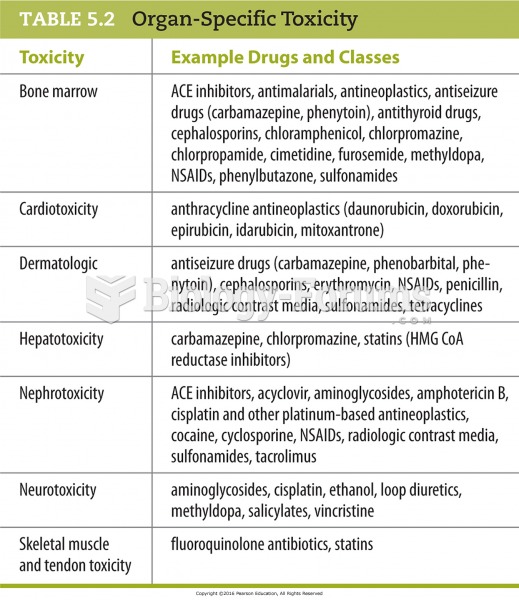Answer to Question 1
E
Answer to Question 2
In recent years, many successful firms have developed capabilities and competitive advantages based on one of three basic strategies: operational excellence, product leadership, and customer intimacy:
Operational Excellence-Firms employing a strategy of operational excellence focus on efficiency of operations and processes. These firms operate at lower costs than their competitors, allowing them to deliver goods and services to their customers at lower prices or a better value.
Product Leadership-Firms that focus on product leadership excel at technology and product development. As a result, these firms offer customers the most advanced, highest quality goods and services in the industry
Customer Intimacy-Working to know your customers and understand their needs better than the competition is the hallmark of customer intimacy. These firms attempt to develop long-term relationships with customers by seeking their input on how to make the firm's goods and services better or how to solve specific customer problems.
To be successful, firms should be able to execute all three strategies. However, the most successful firms choose one area at which to excel and then actively manage customer perceptions so that customers believe that the firm does indeed excel in that area. To implement any one of these strategies effectively, a firm must possess certain core competencies. Firms that boast such competencies are more likely to create a competitive advantage than those that do not. However, before a competitive advantage can be translated into specific customer benefits, the firm's target markets must recognize that its competencies give it an advantage over the competition. The core competencies are internal (strength) issues, and specific attributes refer to activities that customers will notice as they interact with the firm.







